What do carrot sprouts look like? It's a genuine question, and we've got the scoop for you. Carrot sprouts are the first signs of carrot plants, appearing as thin, delicate seedlings. Its leaves are sometimes confused with grass at first.

Jump to:
In a Nutshell
- Carrot sprouts are identified by their feathery, green true leaves that follow the narrow, grass-like cotyledons.

Identifying Carrot Sprouts
Carrot sprouts are the early growth stages of carrot plants, beginning with the germination of carrot seeds.
Visual Characteristics
Carrot seed leaves, or cotyledons, are typically elongated and somewhat heart-shaped with a short stem. As the carrot plant grows, true leaves with a feathery, finely dissected appearance will emerge. Each leaf will have several delicate lobes.
These carrot leaves resemble the foliage of related plants like dill but can be distinguished by their distinct carrot tops. The variety of carrots affects the coloration of the leaves; for instance, the leaves of the Danvers cultivar may differ slightly in hue from those of the Imperator variety.
- First true leaf: Single, slender, and green.
- Subsequent leaves: More complex with a fern-like structure.
Texture and Smell
Carrot sprouts have a fine, soft texture that is noticeable when touched. Gently rubbing the leaf can help release its scent, which can aid in identification. The fragrance is subtly similar to that of a real carrot, and sniffing the sprouts can often help distinguish them from look-alike weeds.
Moisture content in the soil can sometimes enhance the taste and aroma of the sprout, making it a more pronounced identifier for the presence of carrot seedlings.

Growth and Development of Carrot Sprouts
Understanding the growth stages of carrots is essential for successful harvesting of carrot sprouts.
Below is an exploration of these stages, providing insights into the sprouting process and development from germination through to the production of true leaves.
From Germination to Seedling
When gardeners plant carrot seeds in early spring, the germination phase begins. During the first 2-3 weeks, green shoots or sprouts emerge as tiny cotyledons, which often resemble grass and can easily be mistaken for weeds.
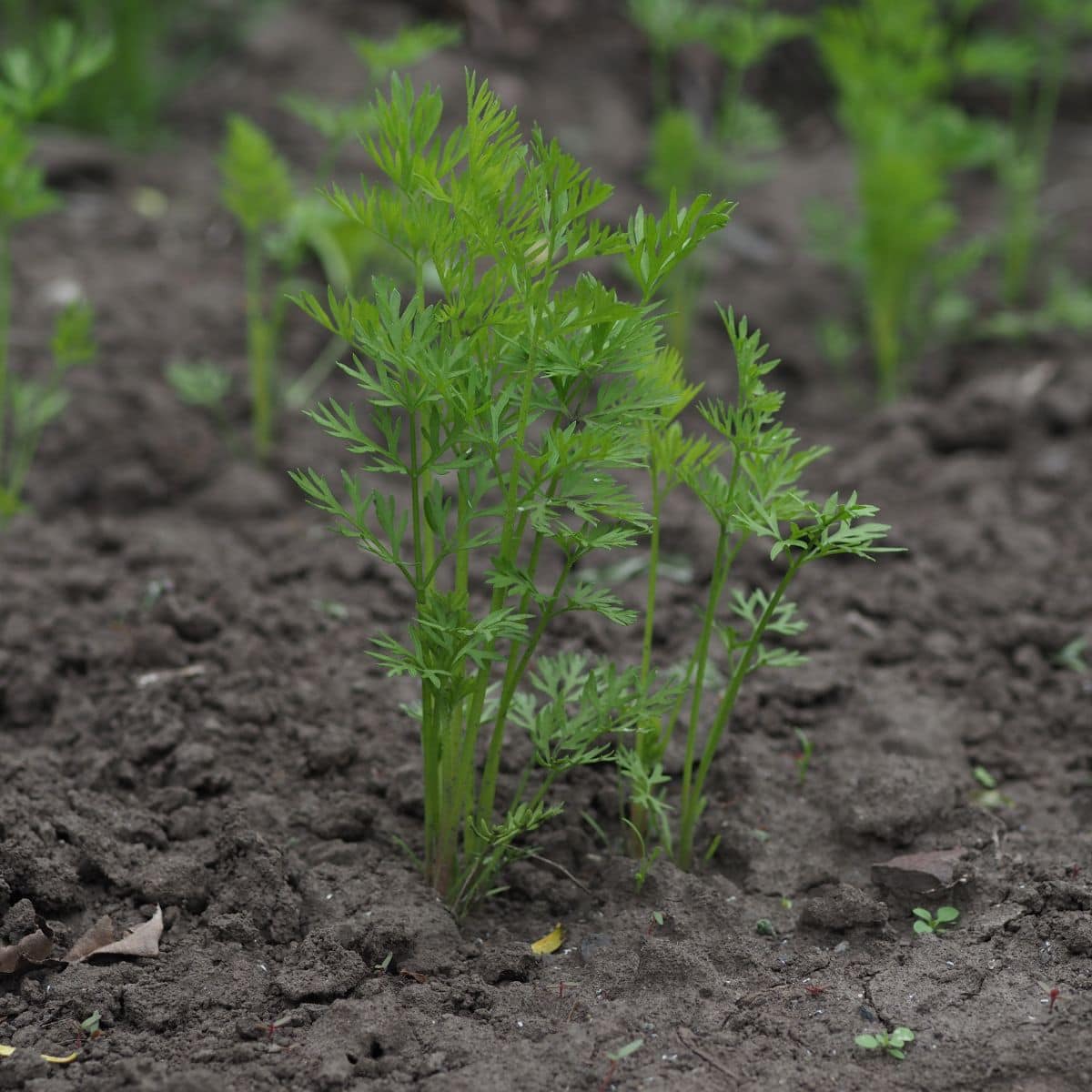
True Leaves and Maturation
After the appearance of the cotyledons, the next significant milestone is the emergence of the first set of true leaves, typically a pair of leaves that are finer and more intricately shaped than the initial sprouts.
As the plant progresses towards full maturity, a stem develops, and additional sets of true leaves unfurl, signaling a healthy, maturing plant. These true leaves are indicative of the carrot’s readiness to continue growing towards full maturity.
Can you Eat Carrot Sprouts?
While carrot sprouts may not be as commonly consumed as sprouts from other plants like mung beans or lentils, they do offer an edible and versatile option for culinary uses.
Carrot sprouts can be used in the following dishes:
- Garnish: Use carrot sprouts as a decorative touch to your dishes for a hint of greenery.
- Salads: Toss carrot sprouts into green salads to add a mild carrot flavor and a pop of color.
- Smoothies or Juices: Add carrot sprouts to green smoothies or juices for a fresh twist.








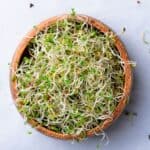



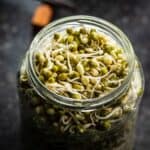

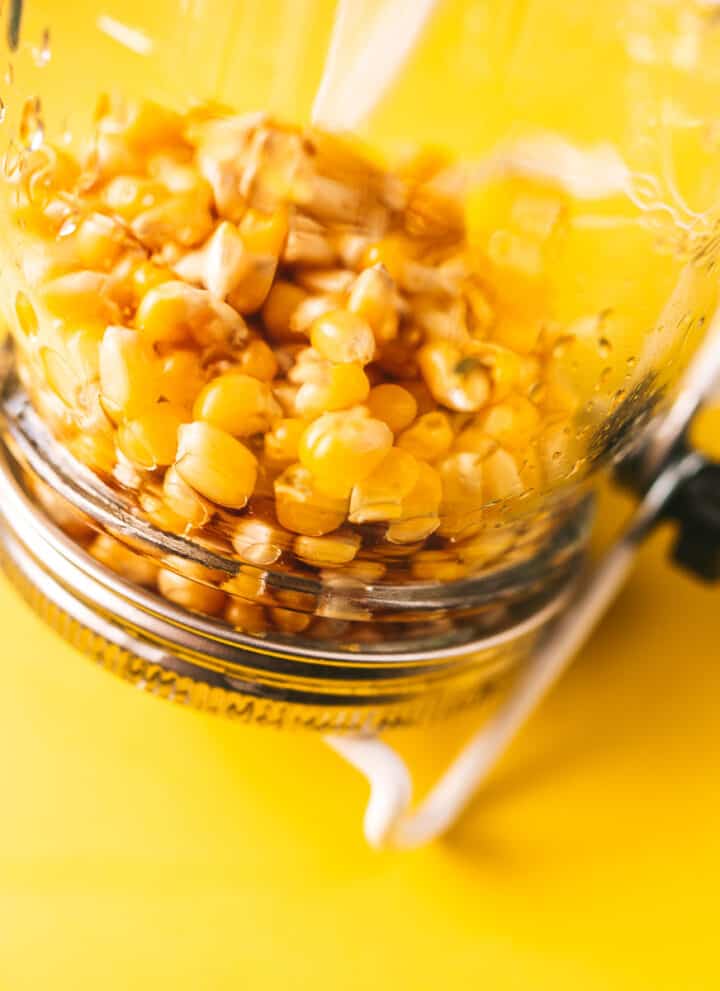
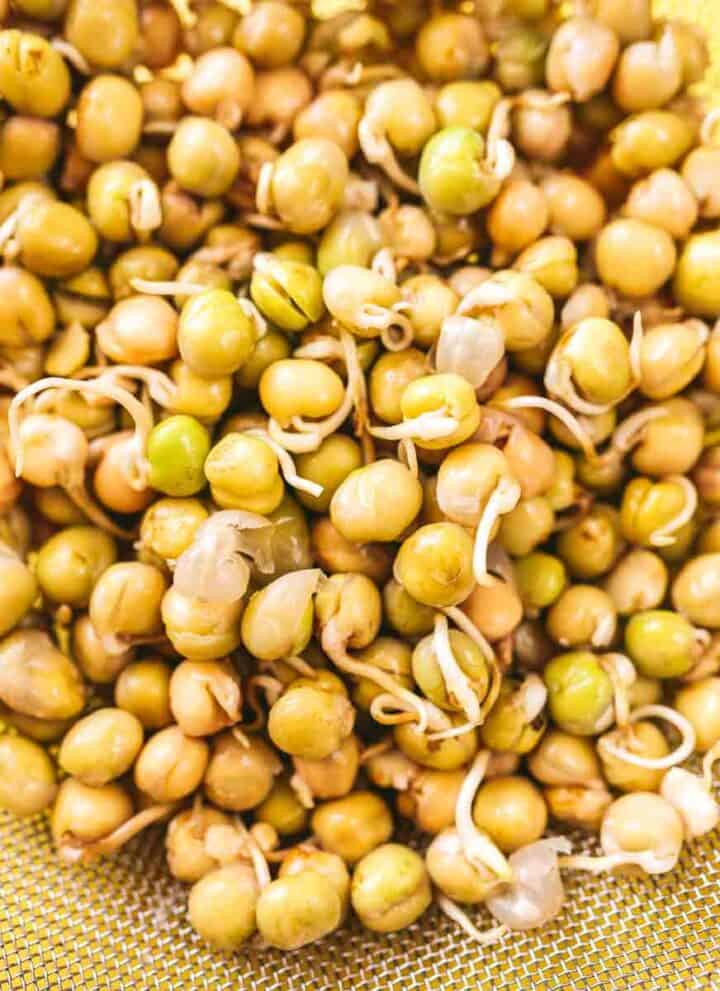
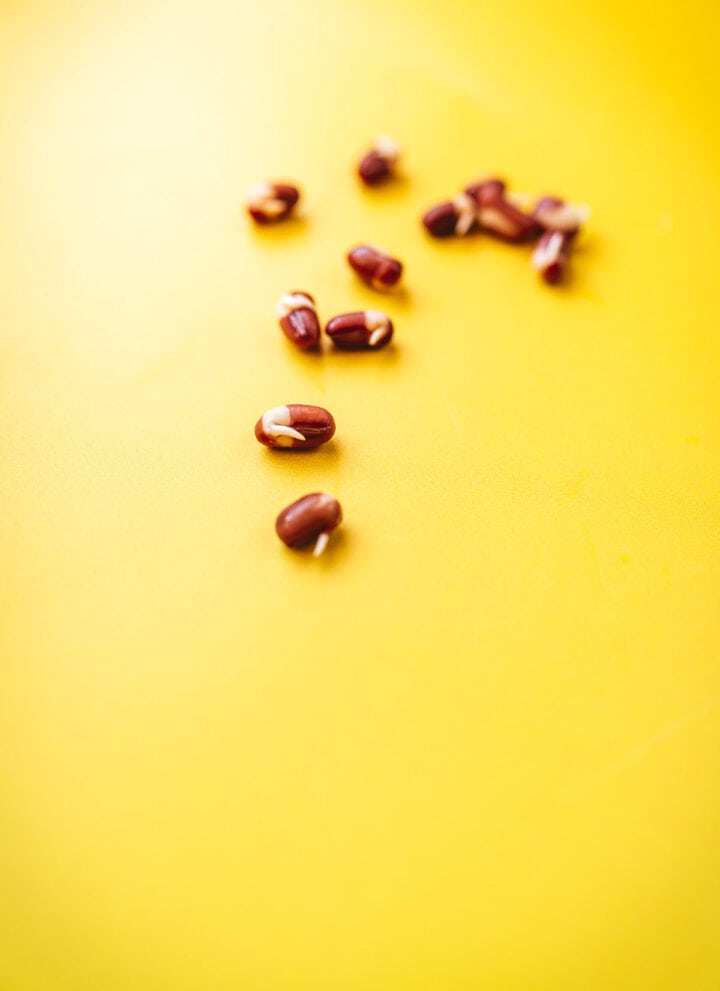
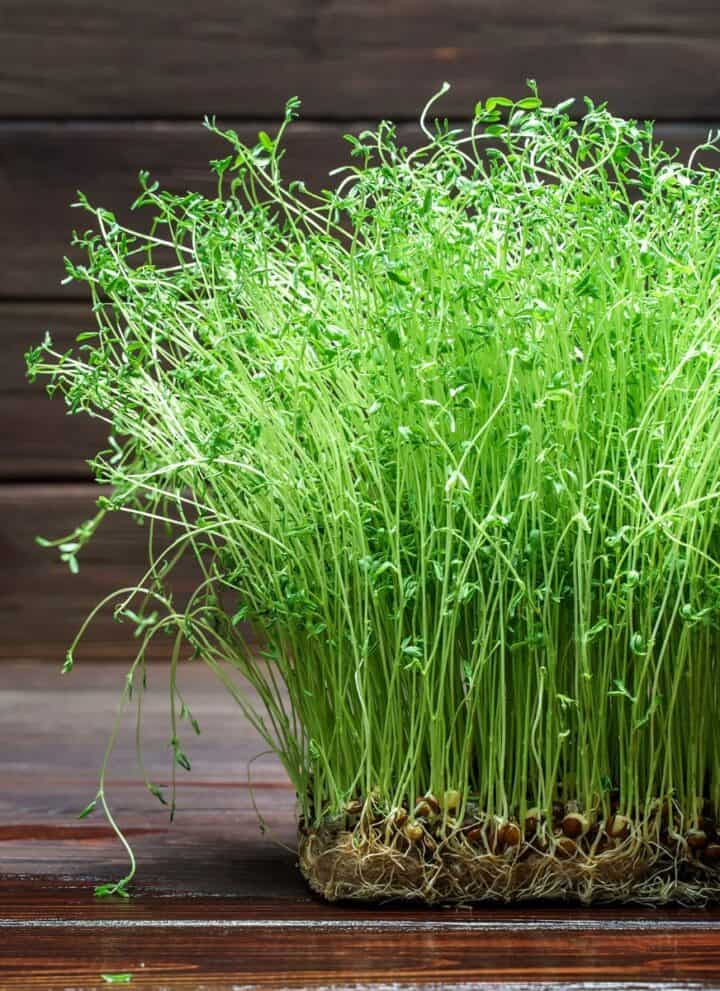
Comments
No Comments